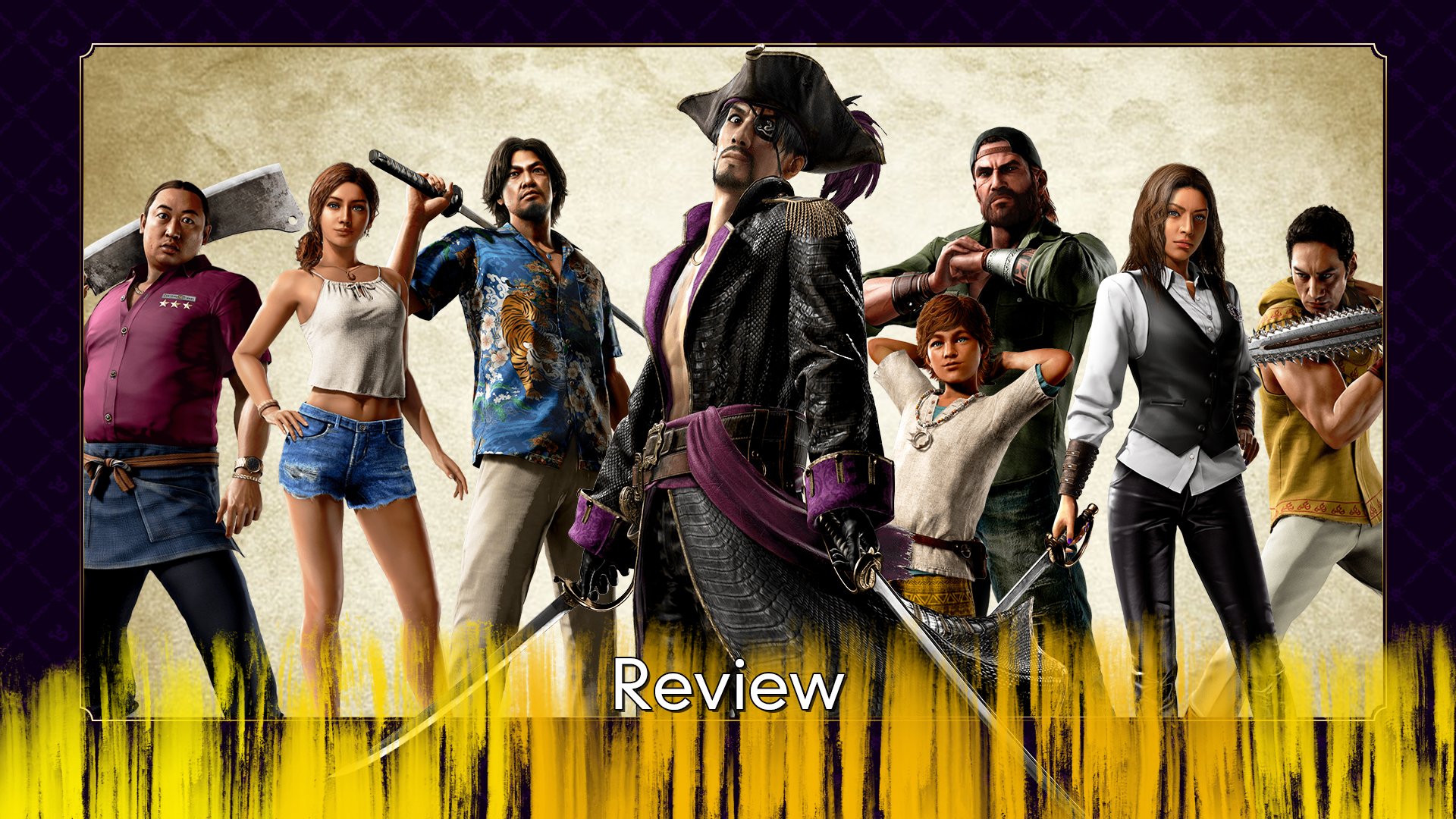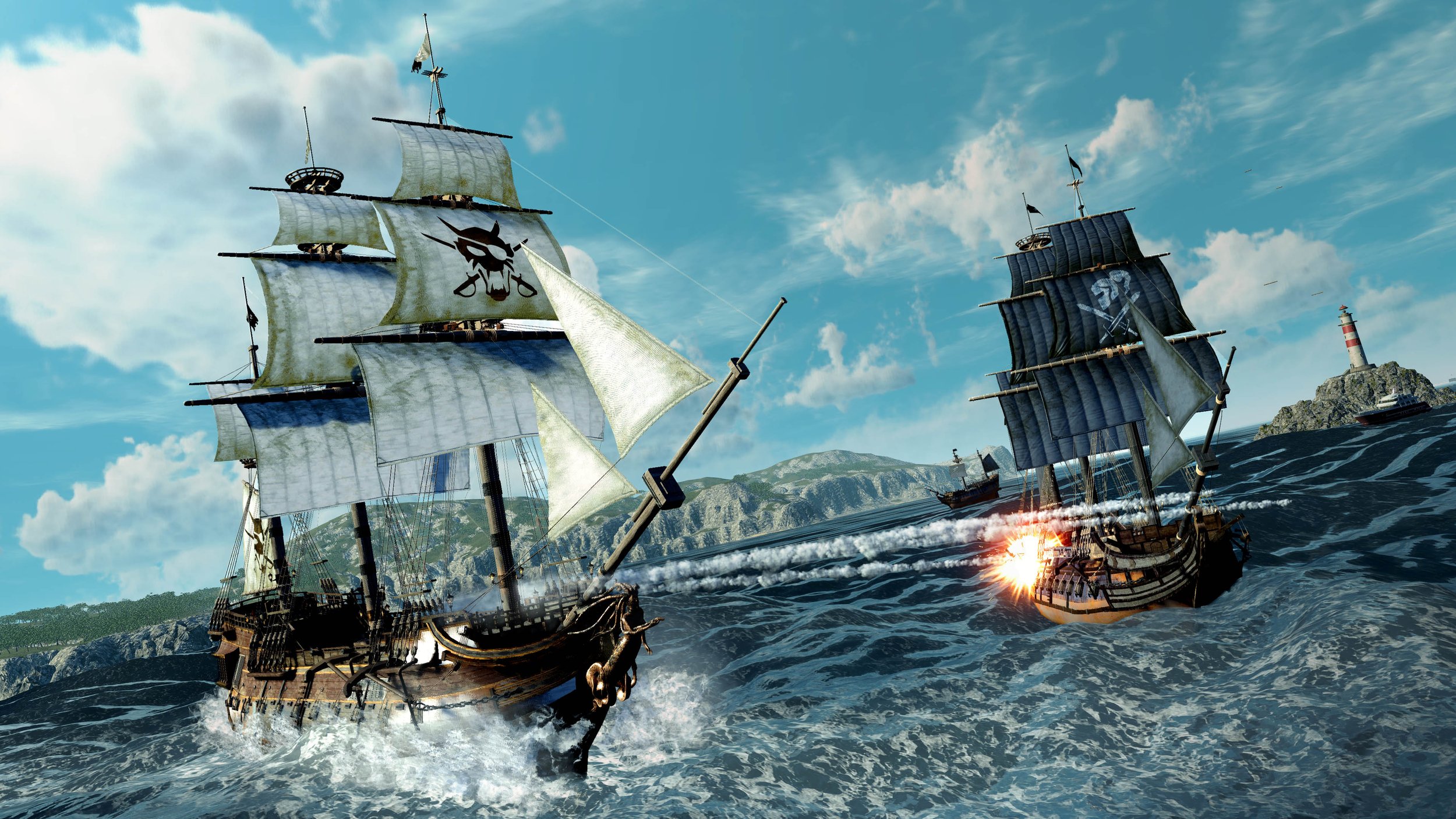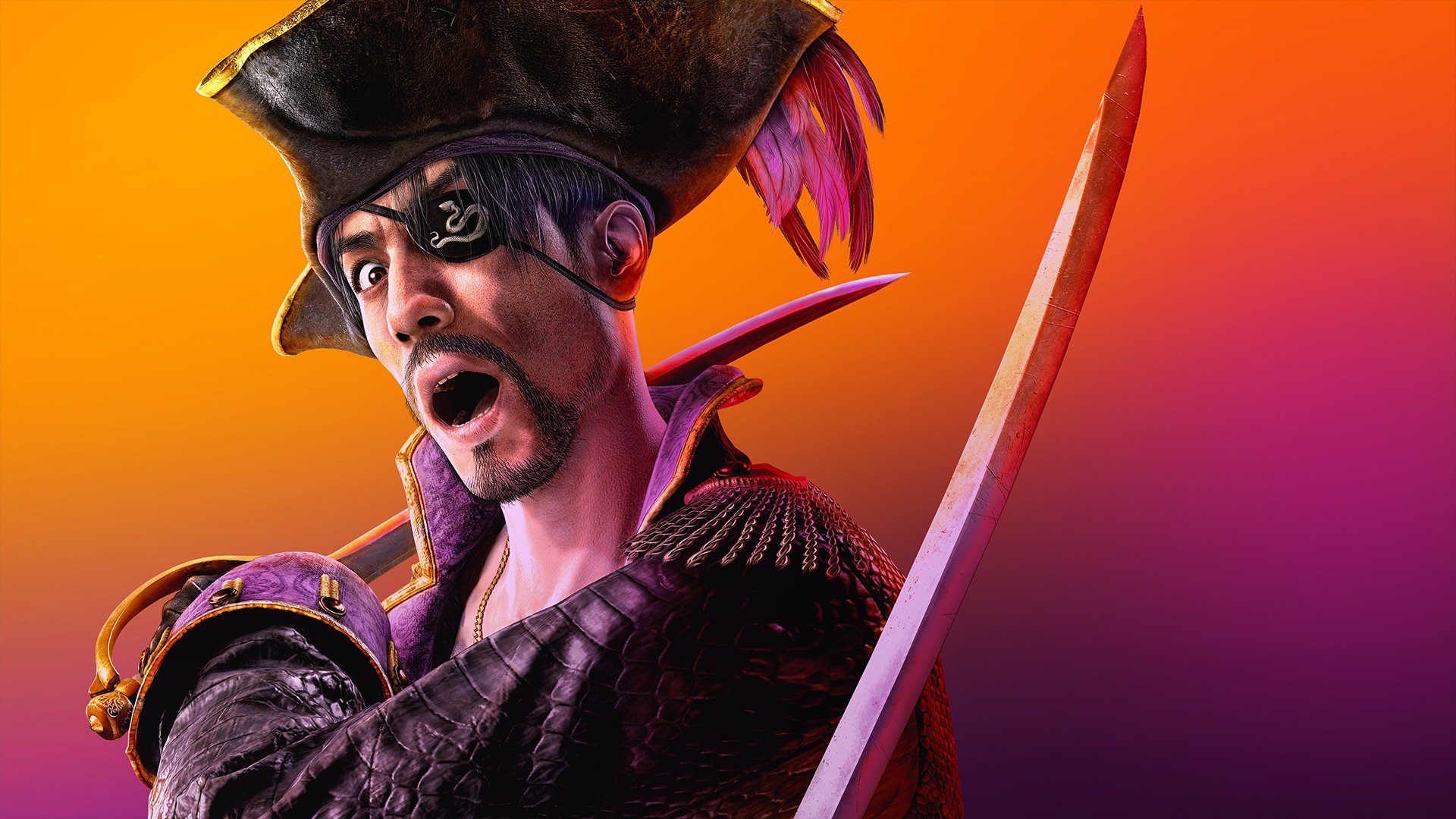Like A Dragon: Pirate Yakuza in Hawaii - Review

The Like a Dragon – formerly Yakuza – series is in a bit of a weird spot. The move to a new combat system and protagonist in Yakuza: Like a Dragon has meant that there’s less of a focus on older fan favourites. Kiryu has had the chance to make a reappearance, but there’s no space for a major role in the main series for characters like Majima and Saejima — they show up from time to time, but their stories have been told, their time in the spotlight is over.
Pirate Yakuza in Hawaii seeks to remedy this, somewhat, by giving players a glimpse into what happened to Majima after his cameo appearances in Like a Dragon and Infinite Wealth. Life goes on, even when you’re no longer the centre of attention, and in the case of Majima, apparently that life involves becoming a pirate and sailing the high seas.
Pirate Yakuza starts about six months after the events of Infinite Wealth. Hawaii’s biggest menace has been locked up, there’s a lot of mess to clean up in the island state, and at some point, Majima was headed to Hawaii for reasons revealed much later in the story. Something happened along the way, though, and Majima was shipwrecked, losing his memory in the process and washing up on Rich Island.
With the help of a young boy named Noah, Majima decides to take up the mantle of a pirate captain after defeating another crew of pirate-themed outlaws, and descends into the seafaring underworld to make the most of it. It’s a bombastic and frankly ridiculous setup, and in most cases would be an almost literal jump of the shark, but Majima is a bombastic and ridiculous character, and it just about works. It’s deeply silly, but so is the Mad Dog of Shimano, and if you’re willing to lean into its stupidity you can have an absolute blast.
That’s not to say the story is devoid of heart, though. It may be a silly framing device for a game, but there’s a depth to Majima as a 60-year-old character who’s been through it all, and a well-developed world that takes another step forward with this entry in the series. There’s not necessarily a big bad – not like in previous games, at least – because nobody would match the ferocity and tenacity of a character like Majima, so most of the story’s depth is focused on the relationships that Majima forms in his amnesiac state, and almost as importantly, the relationships he leaves behind.
A confrontation with his sworn brother Saejima partway through the game sees these themes come to a head — Majima was supposed to be helping the former yakuza find new paths in life, and Saejima wants him to come back to Japan and do that, as promised. But that’s not this Majima, and while the Mad Dog is never one to leave something unfinished, he made promises to the people he’s met since he lost his memory, too. The yakuza can wait, Majima says, because walking away would mean leaving this life behind with far too much unfinished.
Pirate Yakuza’s early hours are rough. Before the map opens up, there’s very little to do except walk from cutscene to cutscene, usually polishing off a few goons along the way. Those cutscenes very often end in a boss fight of some kind, and while most of them are vaguely interesting, it’s very combat-heavy in the first chapter. Thankfully, the combat is where Pirate Yakuza shines the brightest, and there’s a sense that RGG Studio has finally refined its action combat into its purest, most enjoyable form.
Majima has two combat styles available to him, Mad Dog and Sea Dog. The former is the Majima you know and love – he punches, kicks, and jabs enemies at a rapid speed – while the latter sees Majima armed to the teeth with pirate weapons like dual sabers, a pistol, and a grappling hook. Both of these combat styles are satisfying and enjoyable, but the real joy in this game’s combat is mixing the two — pressing the style switch button at the end of a combo essentially lets you chain that combo to another in the opposite style. With good timing and a bit of experience with both styles, you can set up an endless combo of damage output, mixing in dodges and blocks to make sure you’re hitting hard and staying healthy. It feels great, and the two styles feel equally useful, something that hasn’t always been true of action games in the past.
The other main addition to this game is naval combat, which follows the same general flow as most naval combat since 2013’s Assassin’s Creed: Black Flag. It’s nothing particularly special, if I’m being honest, as far as naval combat goes, but as a harsh critic of this style of gameplay, I can say this is probably the least annoyed I’ve been with the slow, floaty action that comes from firing cannons off the side of a large ship.
RGG Studio is well known for its re-use of environments and assets, and that’s true of Pirate Yakuza, too. Much of the game is set in the same Honolulu featured in Infinite Wealth, and while it’s nice to see some of the characters from that game and what they’ve been up to since, it still features many of the same problems Infinite Wealth did. The Honolulu map is just a little bit too big, a little too filled with enemies, and relies a little too much on the Street Surfer to get around. The battery on the Street Surfer lasts longer, and you can pick up items while riding it, both of which are nice additions, but the size of the map still means getting around can be a chore, especially when there’s an enemy to throw down with every step of the way.
Still, despite these points of friction, it’s hard to say much negative about Like a Dragon: Pirate Yakuza in Hawaii. Fans of Majima will get a kick out of this bombastic action game that feels like everything a Majima game should be, and newcomers to the series – or those who’ve only played the turn-based games – will get to see the best version of action combat seen in the series to date. Wrapped up in a story that feels both ridiculous and heartfelt, RGG Studio’s got a great template here for a subseries of games that could see other characters from the series’ past step into the spotlight once more without stepping on Ichiban’s toes.
The Score
8.0
Review code provided by Sega
The Pros
Combat systems on land and on sea are the best they’ve ever been
Majima feels wild and exciting, with great storytelling showcasing the best of the character
The Cons
The first half of the game is very combat-heavy, with little else going on
Honolulu is still way too big with few options to make traversal more palatable










